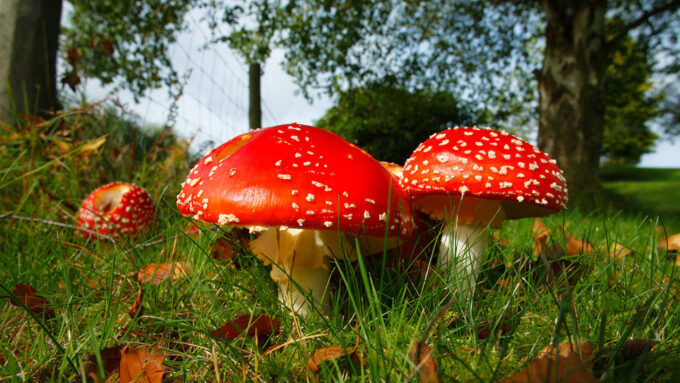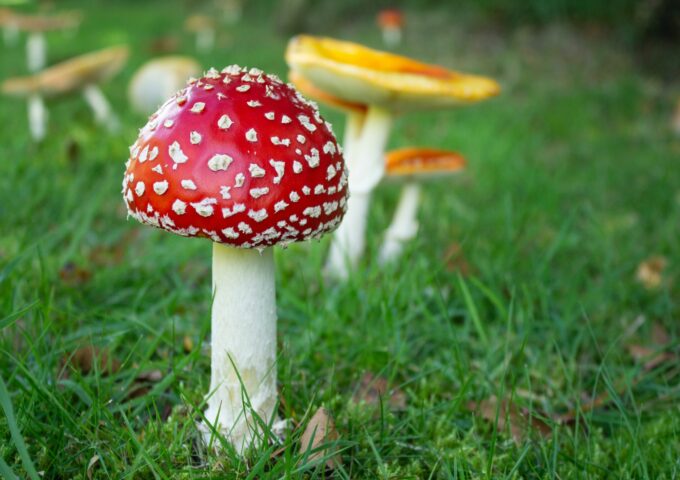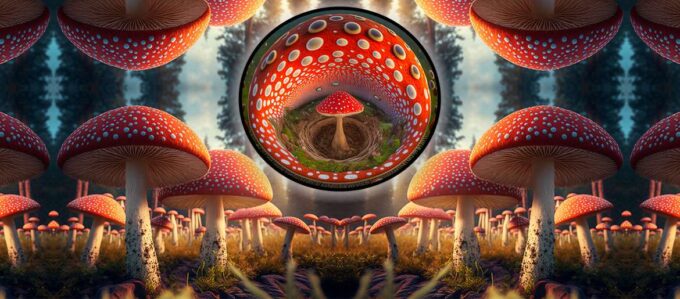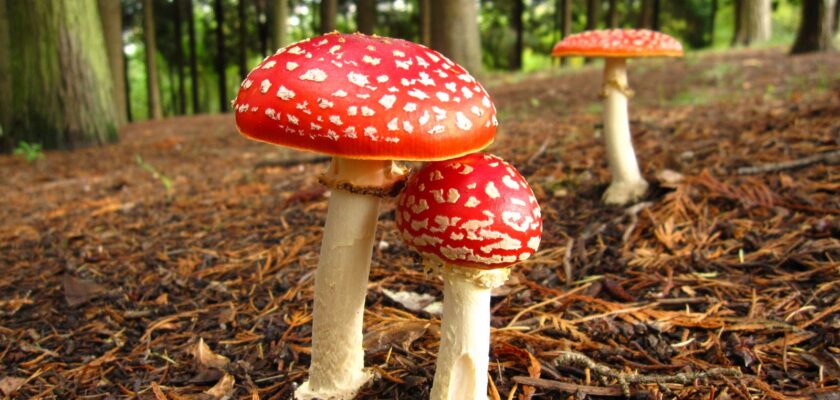Have you ever wondered what makes a mushroom hallucinogenic?
Amanita Muscaria, or Fly Agaric, is the perfect example of such a mushroom. This article explores the science behind its psychoactive properties to help you better understand its potential benefits. Are you curious to learn more? Read on!
How does Amanita Muscaria produce its psychoactive effect?

Source: woodlandtrust.org.uk
Amanita Muscaria, or Fly Agaric, is a species of fungi that delivers a powerful psychoactive punch. This intense experience is often sought by users who are looking for an introspective and spiritual journey. But how does Amanita Muscaria produce its effects?
The main active compounds in Amanita Muscaria are muscimol and ibotenic acid. When ingested, these compounds are converted by the body into muscimol, a potent alkaloid psychoactive chemical compound structurally similar to glutamate. Glutamate acts as an excitatory neurotransmitter in the brain and is responsible for basal cognitive functions including memory formation and learning. In contrast, muscimol acts as an inhibitory neurotransmitter which dampens neural activity associated with cognition.
Once these compounds enter the brain they act as potent agonists of GABA-a receptors at certain sites in the cortex and brain stem nuclei causing neuronal hyperpolarization; this decreases neuronal firing rates leading to general calming effect and reduced anxiety. Moreover, muscimol binds to glutamate receptors affecting neural pathways associated with motor control, cognition and sensory perception resulting in potential changes in visual acuity, motor activity or cardiac output depending on drug dosage levels
The physical side effects of Amanita Muscaria ingestion can be unpleasant such as nausea or upset stomach but the psychotropic effects include dreamlike visions, enhanced creativity and heightened sensory awareness which all vary from one individual to another depending on several factors like dosage size or propensity to hallucinate etc.
What are some of the key chemicals found in Amanita Muscaria?

Source: iceers.org
Amanita Muscaria, commonly known as the fly agaric, is a mushroom that has long been of interest to both traditionally minded shamanic cultures and academics alike. This intriguing species contains several substances that are known to have psychoactive properties, namely muscimol, ibotenic acid and ibotenic acid analogs.
Muscimol is an alkaloid compound primarily responsible for the hallucinogenic effects of Amanita Muscaria. The compound works on the central nervous system to produce its psychoactive effects. Ibotenic acid and its derivatives are also alkaloid compounds found in Amanita Muscaria that work similarly to muscimol, producing visual disturbances and dizziness when ingested.
Another key chemical found in Amanita Muscaria is muscarine, though this substance has no known psychoactive effect from ingestion alone. The presence of this specific chemical raises questions among researchers as to whether it may serve some other purpose in the makeup of this mushroom species such as providing defense against predators. Other trace compounds—such as phenols, sugars, essential oils, sterols and non-alkaloid compounds— may play a role in producing Amanita Muscaria’s psychedelic effects but have yet to be studied extensively.
Conclusion

Source: jameswjesso.com
Ultimately, Amanita Muscaria remains an interesting, albeit controversial subject in the realm of psychedelics and research in this area continues to grow. As such, more precise guidelines about its safety and efficacy as a recreational substance will hopefully develop in the future.

